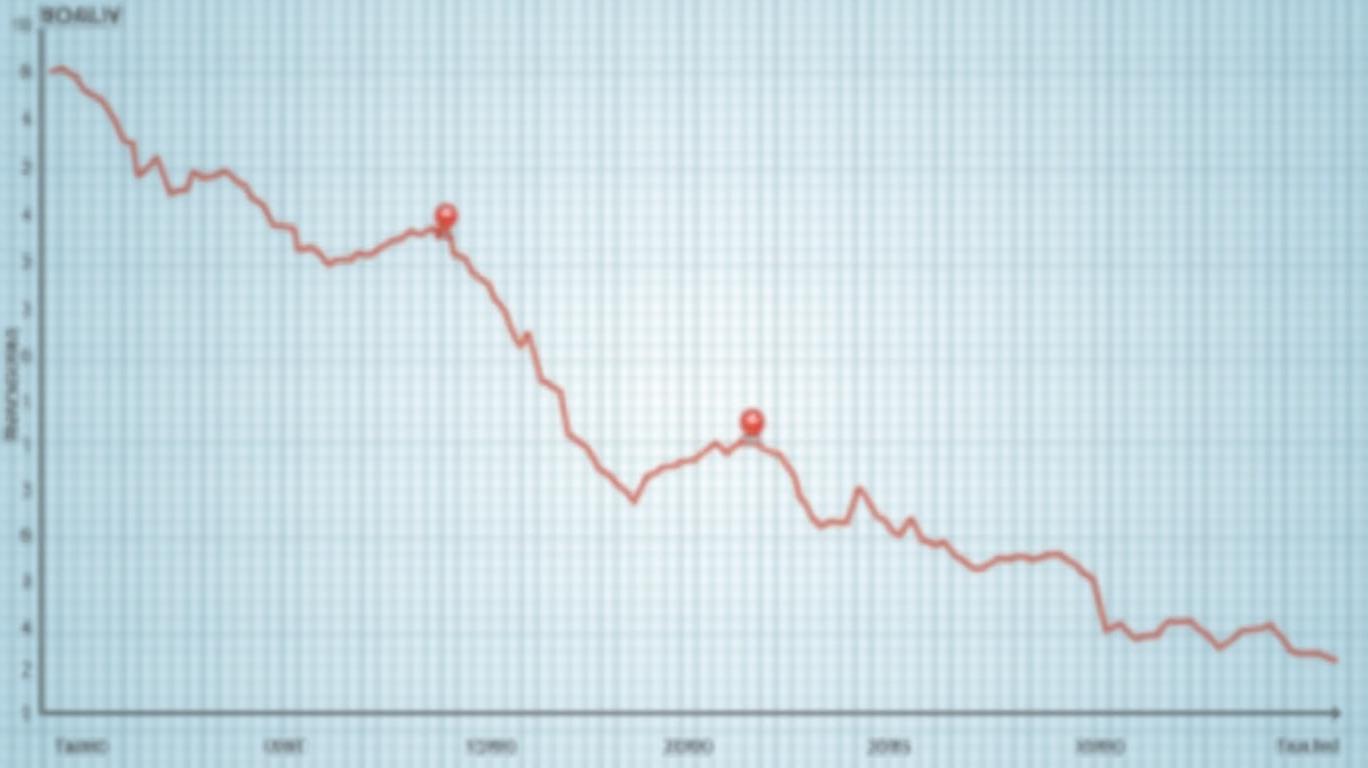Navigating Persistent Bond Market Challenges: High-Yield Opportunities in a Volatile Landscape
The high-yield bond market stands at a crossroads: record-low default rates coexist with sector-specific risks, while geopolitical tensions and policy shifts introduce volatility. For investors willing to navigate this landscape with precision, the rewards are profound. This article explores how selective credit analysis, strategic sector allocations, and disciplined risk management can unlock asymmetric returns in an environment where spreads are tight but opportunities remain.
Market Dynamics: Strength Amid Structural Shifts
The high-yield market’s resilience is undeniable. As of early 2025, the U.S. par-weighted default rate has plummeted to 1.4%, a historic low, while the yield on high-yield bonds remains attractive at ~7%—a stark contrast to the 2.5% inflation rate projected for 2025. Yet, this stability masks uneven risks.
The leveraged loan market, by comparison, faces headwinds. Its default rate has surged to 3.4%, driven by sectors like healthcare and media, which account for over 40% of distressed issuers. This divergence underscores a critical insight: not all high-yield debt is created equal.

Credit Analysis: Where Data Meets Opportunity
To capitalize on this environment, investors must adopt a bottom-up approach, focusing on issuers with improving fundamentals and proactive debt restructuring. Key metrics include:
- Leverage ratios: Median BB-rated issuers now operate at 3.1x debt-to-EBITDA, below the historical average of 3.3x.
- Interest coverage: Over 50% of high-yield issuers boast 5.5x coverage, far exceeding the 5x benchmark.
The automotive sector exemplifies this dynamic. Despite EV adoption headwinds, companies like Ford Motor Co. have slashed costs and refinanced debt, unlocking undervalued spreads. Their BB-rated bonds trade at 5.1% yields, pricing in pessimism about their EV transition timelines.
Sectors to Watch: Resilience and Value
- Automotive & Industrial Disruptors:
- Companies pivoting to EVs or advanced manufacturing are undervalued due to market skepticism. Tesla’s stock performance (see below) reflects investor confusion between short-term volatility and long-term dominance.
- TSLA Closing Price
Healthcare’s Hidden Gems:
While rural hospitals face pressure, specialty pharmaceuticals and tech-driven healthcare firms are outperforming. Consider Amgen, which has reduced debt by 15% since 2023 and trades at spreads 300 bps narrower than its sector average.
Services Sectors:
- Subscription-based models (e.g., SaaS companies) dominate allocations, offering 25–30% cash flow visibility. Firms like Zoom Video have refinanced debt at lower rates, leveraging their resilient revenue streams.
Risk Mitigation: Duration Management and Selectivity
Even in a low-default environment, risks persist. Investors must:
- Shorten duration: Prioritize bonds with 3–5-year maturities to avoid refinancing risks in 2026.
- Avoid CCC-rated issuers: Their spreads (575 bps) are pricing in a 14% default probability, leaving little margin for error.
- Monitor policy shifts: A 10% tariff on Chinese imports could pressure sectors like semiconductors, while Fed rate cuts (projected to 3.75–4% by year-end) may ease borrowing costs.
Conclusion: Act with Precision, Not Panic
The high-yield market’s current state offers a rare confluence of low defaults, attractive yields, and sector-specific mispricings. Investors who combine credit analysis discipline with strategic sector bets can capture asymmetric returns.
The key is to avoid blanket allocations and instead focus on issuers like Ford, Amgen, and Zoom, which demonstrate:
- Debt restructuring progress,
- Balance sheet improvements, and
- Resilient cash flows.
In this volatile landscape, the mantra is clear: selectivity is strategy.

The time to act is now—before the market’s tight spreads narrow further and risks crystallize.

Comments
No comments yet